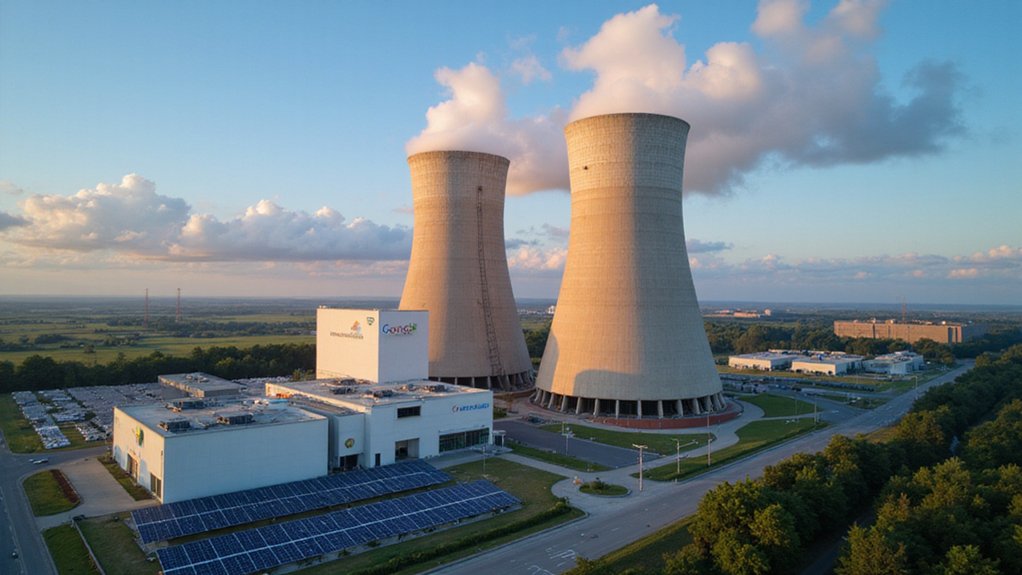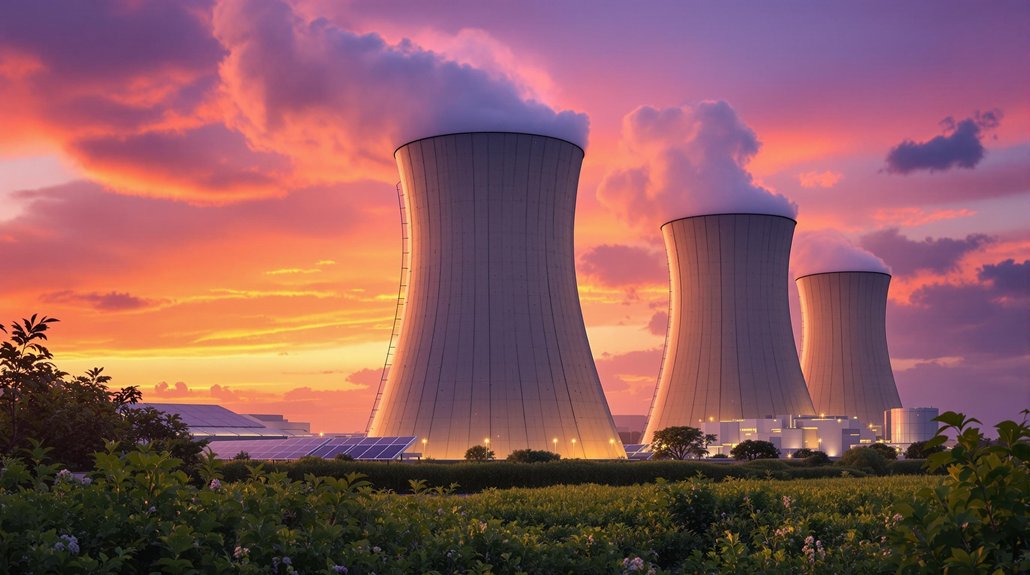A whopping $57 million federal cash injection has breathed new life into a once-dormant nuclear giant, marking the fourth time Uncle Sam has opened his wallet for the company. This latest round of funding isn’t just throwing money at a problem—it’s part of a massive push to revitalize America’s nuclear sector.
Funny how quickly “outdated” technology becomes essential again when the lights start flickering, isn’t it?
It’s funny how yesterday’s obsolete energy suddenly becomes tomorrow’s vital solution when blackouts loom.
The cash comes on the heels of recent Executive Orders designed to boost nuclear energy development. Not just a little boost, either. We’re talking about a quadrupling of nuclear capacity—from today’s 100 gigawatts to a whopping 400 gigawatts by 2050.
Ambitious? You bet. Necessary? According to the feds, absolutely.
This $57 million drop in the bucket is actually part of a much deeper federal reservoir. The Department of Energy has already committed $6 billion through its Civil Nuclear Credit Program, plus another $1.5 billion to restart the Palisades nuclear plant. The DOE has implemented a streamlined rolling application process for priority funding recipients to be identified by November 2025.
First reopening in U.S. history. Historic stuff, folks.
Nuclear energy isn’t just about keeping your refrigerator running anymore. It’s now positioned as critical infrastructure for AI computing centers, military installations, and national labs.
The government’s made it clear: no nukes, no future.
The investment strategy aims to slash nuclear energy costs by 60%, making it competitive with other energy sources. With a remarkable 93% capacity factor, nuclear power significantly outperforms wind and solar alternatives in reliability and consistent output. New technologies like Small Modular Reactors are expected to offer advantages in safety, efficiency, and reduced capital costs. Jobs, supply chains, uranium mining—all getting a jumpstart from this atomic renaissance.
Officials are comparing it to historic industrial projects in scope and ambition. Big talk backed by big money.
The Department of Defense is getting in on the action too, collaborating with Energy to connect new reactors to the grid within three years.
Fast-tracking nuclear power? That’s new.
Bottom line: Washington’s betting big on atoms. Whether this nuclear revival pays off or becomes another expensive government boondoggle remains to be seen.
But $57 million says someone’s serious about finding out.
References
- https://www.dlapiper.com/en-us/insights/publications/2025/06/us-government-announces-intent-to-fund-nuclear-energy-projects
- https://carboncredits.com/u-s-nuclear-industry-set-for-big-changes-as-government-plans-to-cut-red-tape/
- https://www.whitehouse.gov/presidential-actions/2025/05/reinvigorating-the-nuclear-industrial-base/
- https://envirodatagov.org/project-2025-department-of-energy-and-related-commissions-annotated/
- https://www.energy.gov/sites/default/files/2024-03/doe-fy-2025-budget-vol-1-v3.pdf








